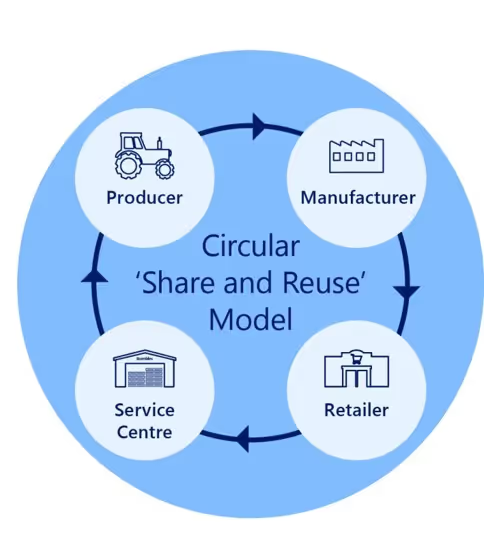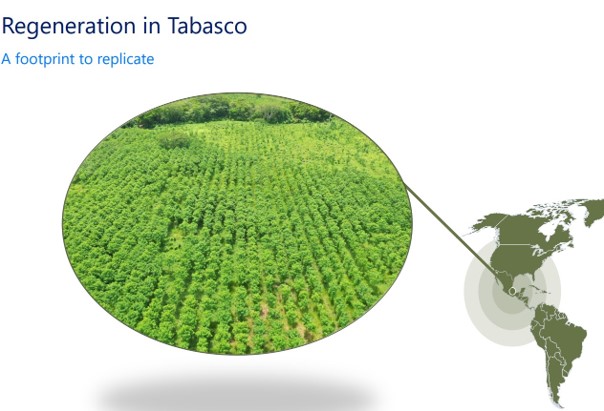On 19 August, RIAA's Nature Working Group External Reference Group meeting 3 of 2025 focused in on the business case for nature moderated by the External Reference Group Co-Chairs, Jane Hutchinson (Co-CEO of Pollination Foundation) and Lili Pechey (Associate Director, Natural Capital at NAB). Guy Williams (Founder, Ziranjiti and Co-Chair of the RIAA Nature Working Group) offered reflections on making the business case for nature: from corporate and financial institutions’ perspectives. Lachlan Feggans (Senior Director, Sustainability, ESG and Regeneration, Corporate and Asia Pacific, Brambles) guided us through a case study of Brambles.
The group has generously offered to share insights from this meeting with for access to the RIAA membership.
Integrating nature into decision making
- Pre-compliance readiness is driven by evolving policies (TNFD,Kunming-Montreal GBF).
- Risk management and resilience are central to corporate strategy.
- Strategic alignment with climate and ESG goals is important.
- Reputation, brand value, and stakeholder expectations influence action.
- Partnerships and collaboration enable innovation and co-design.
- Emerging new markets and investment opportunities are critical.
- Moral imperatives are influencers: intergenerational equity, Indigenous rights.
- The Nature Investment Pathway at Appendix 1 steps out the logic.
“Investing in nature is emerging not only as a means of managing environmental risk, but as a pathway to unlock new opportunities, strengthen stakeholder relationships and build long-term resilience and value. Companies are not investing in nature for a single reason - but because a convergence of strategic, operational, financial, and ethical incentives now makes it not only necessary, but smart.” - Guy Williams
Case Study: Brambles
- 10 years ago, investing in nature beyond timber certification (i.e.FSC/PEFC) was not a focus at Brambles.
- The core circular 'share and reuse' business model (348m reusable assets) is the foundation for reducing impacts and dependencies on nature.
- The business model is linked to actions, with the TNFD framework informing risk management and opportunities embedded in the 2030 targets (See Appendix 2).
- Brambles is aiming to report climate and nature together (even though it’s complex) – TNFD has helped do that.
- Now piloting natural capital valuation to test the value of nature investments.

- Internal team buy-in is critical. Governance and risk teams are critical to integrate nature into the key business processes. Reporting has been important in making the case internally and externally.
- CFOs are interested in the nature investments because they help:
- Win and retain business
- Access sustainable finance at reduced rates
- Build resilience within supply chains (COVID demonstrated the challenges with supply chain resilience at a local level)
- Sustainability is an employee engagement multiplier – the more people are involved, the more they care. Sustainability is an important talent (staff)attraction and retention strategy.
The Tabasco Industry
- The Tabasco example in Mexico is a reforestation project addressing long-term timber supply, comprising:
- Reforestation + conservation reserve established
- Local timber sourcing and processing facility
- Engagement with local communities
- Economic, ecological, and social returns
- Now trailing examples in other regions (such as southern Africa) based on the success of the model.
- Case study page 17, Brambles Sustainability Review 2025

“’Get local’ is the guidance from TNFD. We have adopted that with the Tabasco project – supporting local supply chain resilience is good for our global business.” - Lachlan Feggans.
For more information or to join the RIAA Nature Working Group email the RIAA Working Groups team.
With special thanks to our Principal Partner:



.jpg)
.jpg)
.jpg)